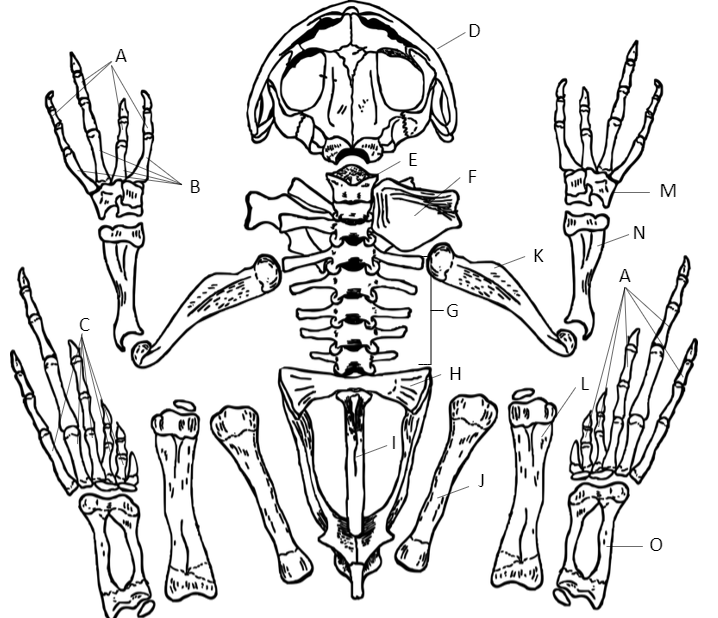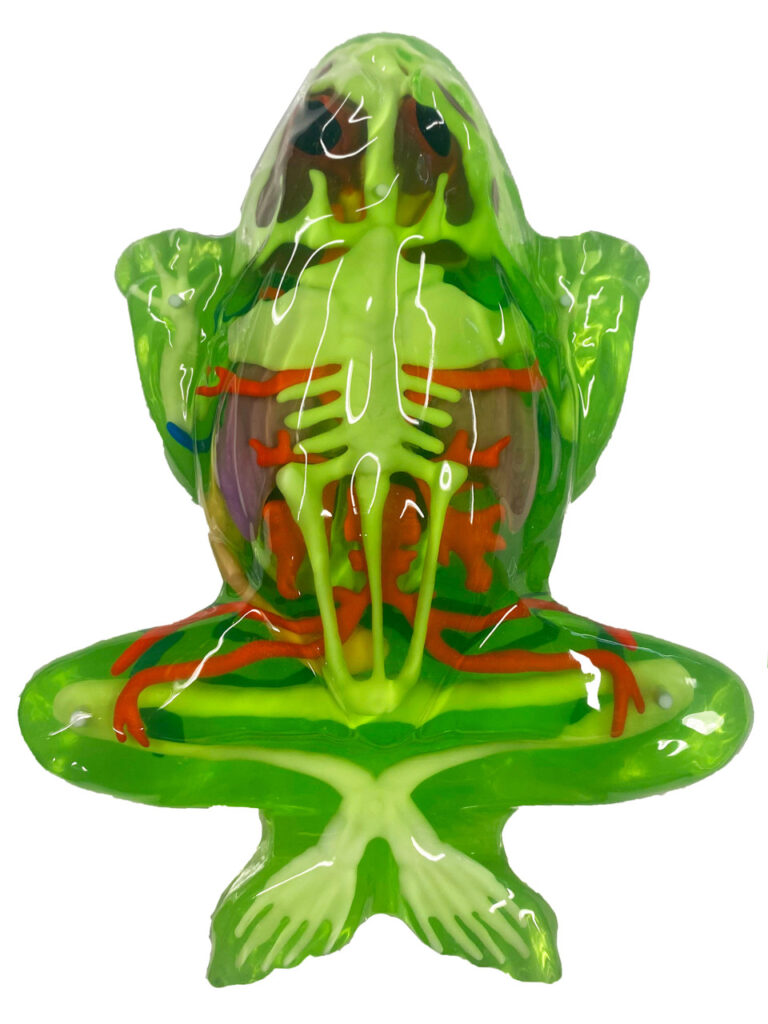Frog dissections are a great way to learn about the human body, as frogs have many organs and tissues similar to those of humans. It is important to determine which type of dissection is best for your student or child. Some individuals do not enjoy performing dissections of full organisms, but instead prefer single organ dissections. Others may prefer a synthetic dissection to a traditional dissection.
Frog dissections, along with other full organism and complex dissections, typically require the use of an actual animal. However, synthetic dissections offer a similar educational experience without the use of an organism that was once living. This is because synthetic dissections are performed with models of organisms that contain plastic organs and bones, and use a gel to simulate skin and other tissues.
While most dissections require the use of gloves to protect human hands from the preservation fluids used on dissection specimens, there is no such material in synthetic dissections, so gloves are not required for safety.
Amphibians
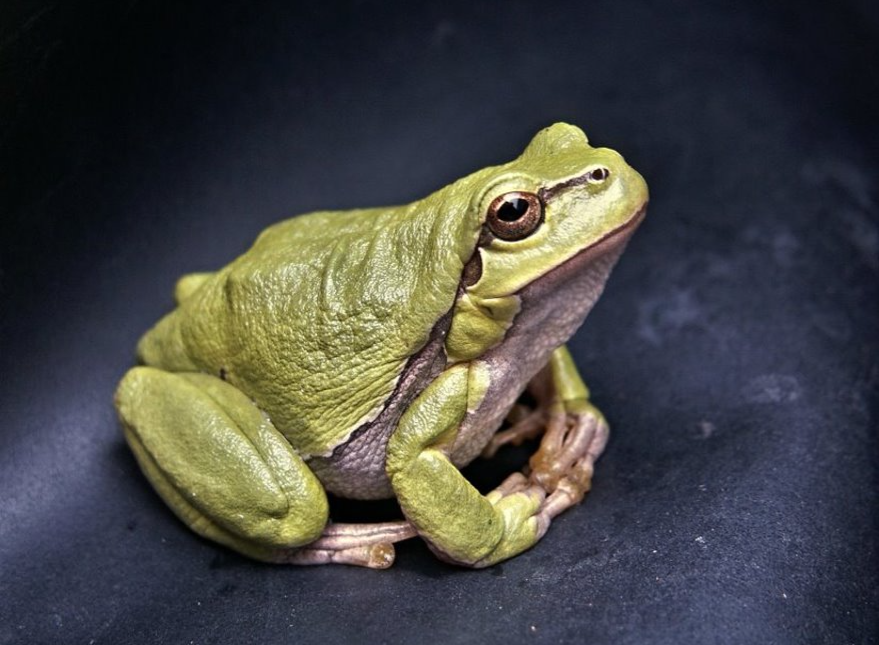
Order Anura 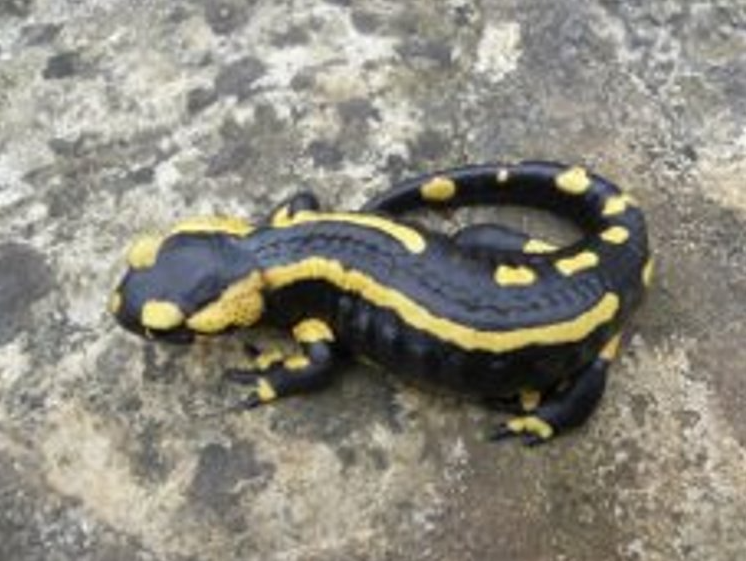
Order Urodela 
Order Apoda
Frogs are animals that belong to the class Amphibia, commonly known as amphibians. The word amphibian came from the Greek word “amphibious,” which means both life or double life.
Within the class of Amphibia, there are three different orders and over 5,500 identified species. More than 5,000 species of amphibians are part of Order Anura, which includes frogs and toads. Approximately 740 species of Amphibia are in Order Urodela and are salamanders. Nearly 200 Amphibia species are in Order Apoda.
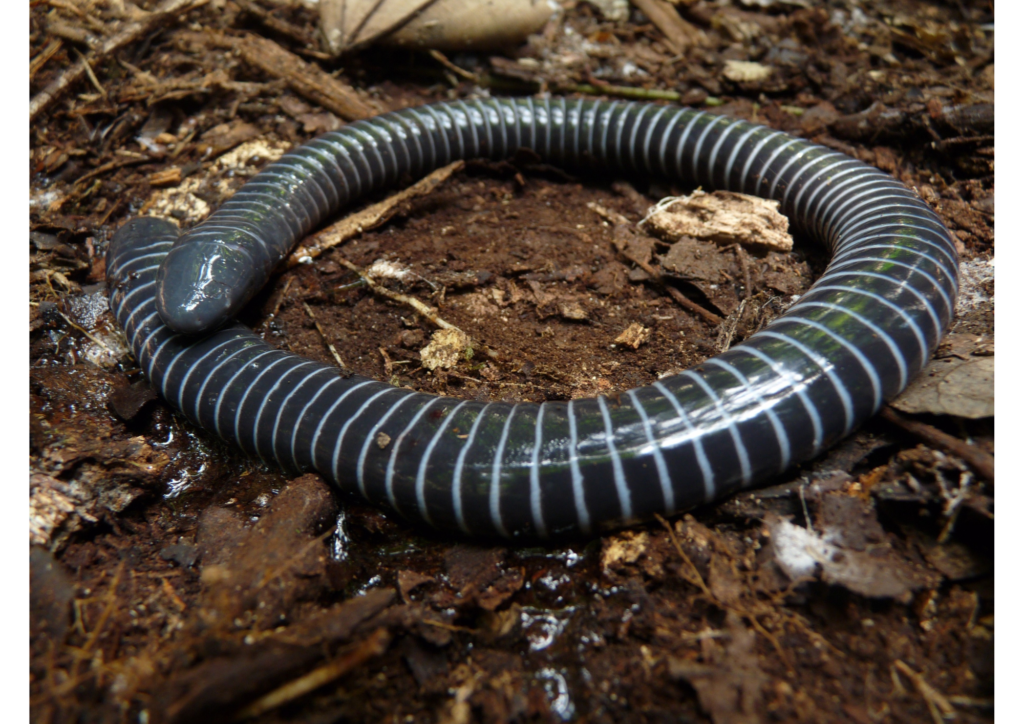
Apoda are caecilians, a type of legless amphibian. Some examples of these legless amphibians include the blue-ringed caecilian (Siphonops annulatus) and Ichthyophis sp. The blue-ringed caecilian is found across South America, while Ichthyophis sp. is found in Western Ghats, a mountain range in southern India.
Reproduction and Life Cycle
Some frogs are aquatic, spending most of their time in the water even through adulthood. Others are terrestrial, staying mostly on land or in trees. Regardless of whether or not the adult frog is aquatic or terrestrial, frogs and other amphibians have an important relationship with water.
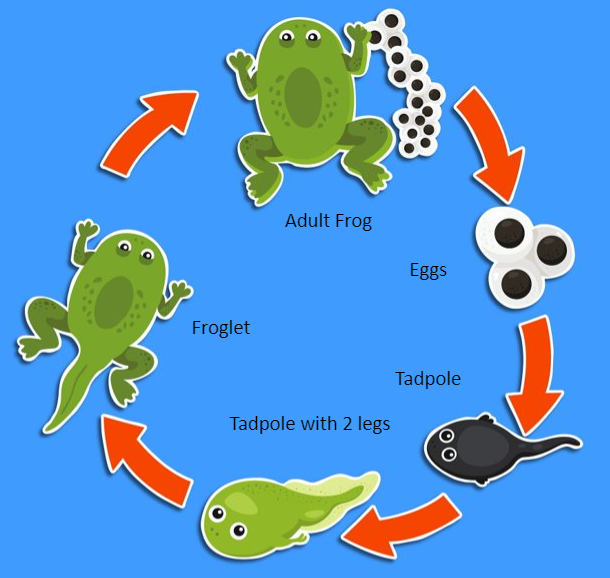
Frogs are well-known for undergoing metamorphosis. This is a process of transformation to an adult form that looks distinctly different from the larvae form. There are four stages of a frog’s life cycle: egg, tadpole, froglet, and frog. While some frogs can live on land as adults, they still require access to water to maintain skin moisture.
Amphibians have external fertilization, so after the female has laid her eggs, the male frog will fertilize them. The fertilized eggs will develop embryos, which are unhatched or unborn offspring. Depending on the species of frog, the eggs will hatch from 3–25 days after being laid and fertilized.
The female frog typically lays her eggs attached to the underside of a leaf, sticks, or other plant material, with a sticky gel covering. The water needs to be calm like a pond, rather than a river with lots of movement, so the eggs can stay attached to the place they were laid.
Frog Anatomy
A synthetic frog dissection is ready to dissect right out of the box because it comes in a molded dissection tray.
- Observe the frog and notice the green gel that surrounds the skeleton and major internal organs. The green gel represents skin, fat, and other tissues. Skin is an important tissue because amphibians have mucus producing glands in their skin that help them to stay moist.
- Cut down the center of the frog’s belly using a plastic scalpel. Use the scalpel to cut away and remove layers of the gel.
- Observe the frog skeleton and identify each of the bones. (Use chart below)
- Remove the bone portion that is the top of the ribs.
- Under the ribs, you will find the veins. The veins are blue and carry low-oxygen blood towards the heart where it can be reoxygenated.
- Continue cutting away and removing the skin until you reach the heart. The frog’s heart is the small triangular organ at the top. Unlike a mammal heart, it only has three chambers — two atria at the top and one ventricle below.
- Under the heart is the stomach, which is pink in color. The stomach looks like a curved tube and holds food.
- Next identify and locate the liver, which is found just below the stomach. On the plastic organ that is the liver, you will also see the spleen, gallbladder, and pancreas. The spleen stores blood as part of the circulatory system and the gallbladder stores bile produced by the liver.
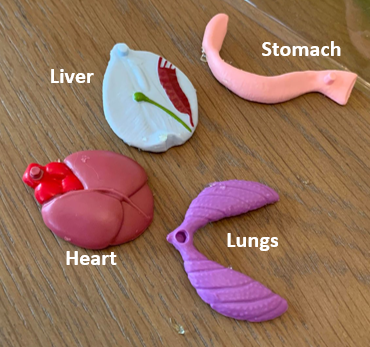
- On the underside of the piece that is the liver, you will find the cloaca and reproductive organs.
- The black, round beads are the ovaries. Female frogs have ovaries which house eggs.
- Moving away from the black ovaries are the oviducts. Eggs pass into the oviducts and are release through the cloaca. The cloaca is an organ where feces, urine, and eggs are released.
- Underneath the liver, you will find the lungs. The lungs of an animal are made of a spongy tissue. This is where oxygen (O2) is exchanged for carbon dioxide (CO2) in the blood.
- Next you will come to the arteries. They are red in color and bring oxygenated blood from the heart to the other organs and tissues in the body.
- Towards the skull, you will find the piece that contains the brain and eyes. The eyes are black and used for sight. The brain is pink and controls the functions of the frog.
- At the back of the synthetic dissection specimen, you will see more of the skeleton. If you were unable to identify all the bones in Step 3, return to that diagram to identify them now.
Many synthetic dissections come with refill packs that allow you to reset the frog in the mold. To do this, clip the pieces of the frog’s anatomy back together and follow the instructions on the packaging of the mold packet to remake the gel.
